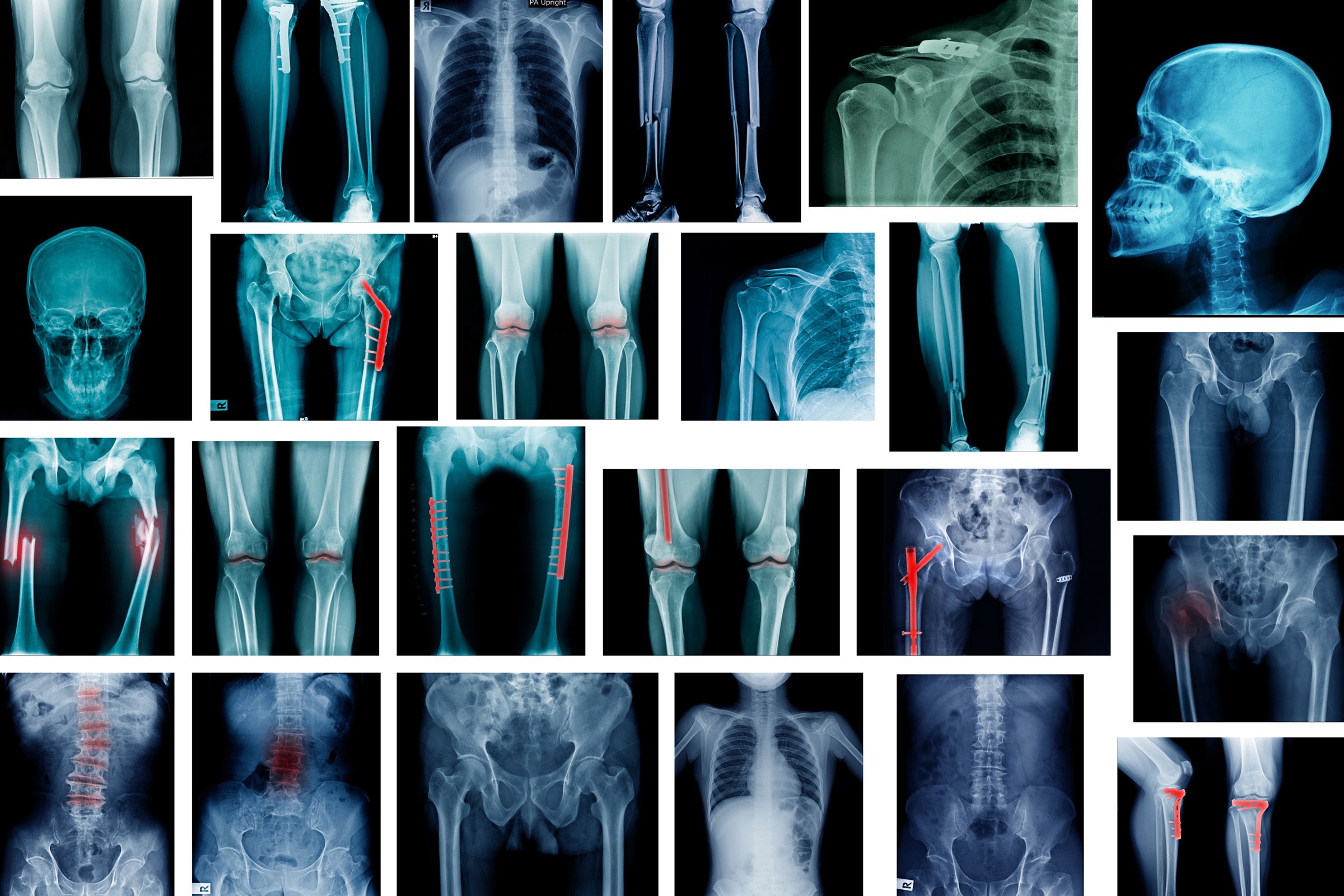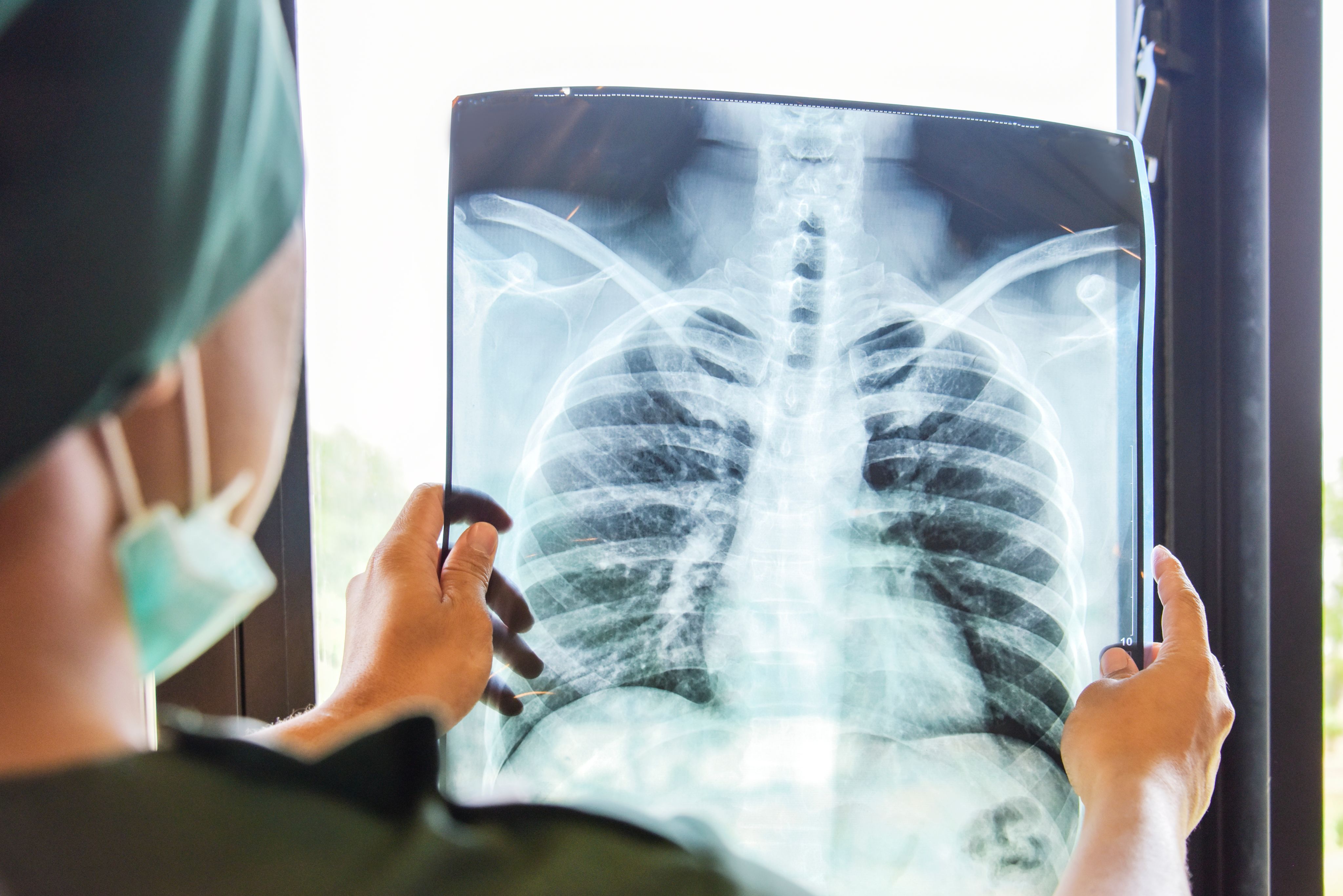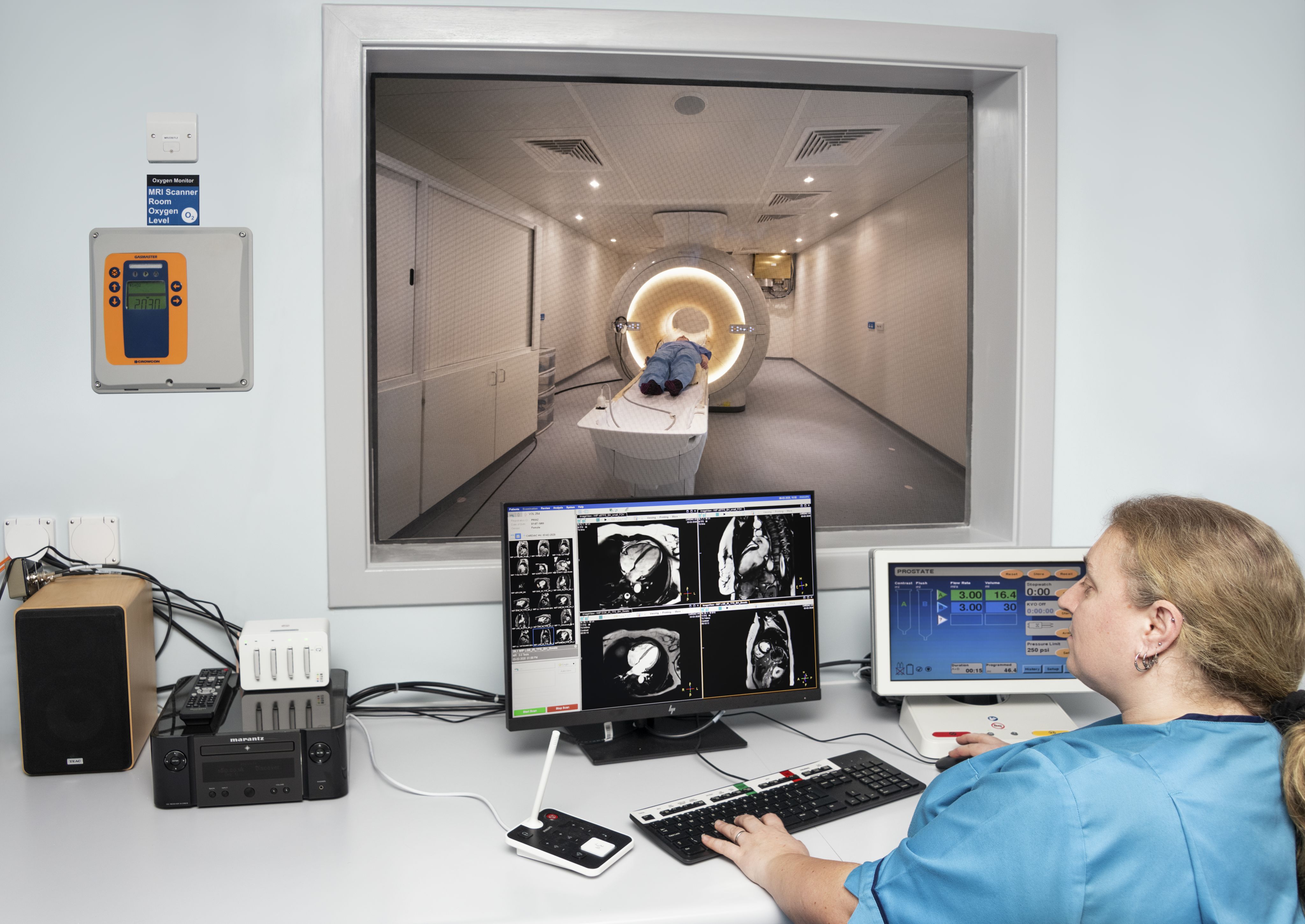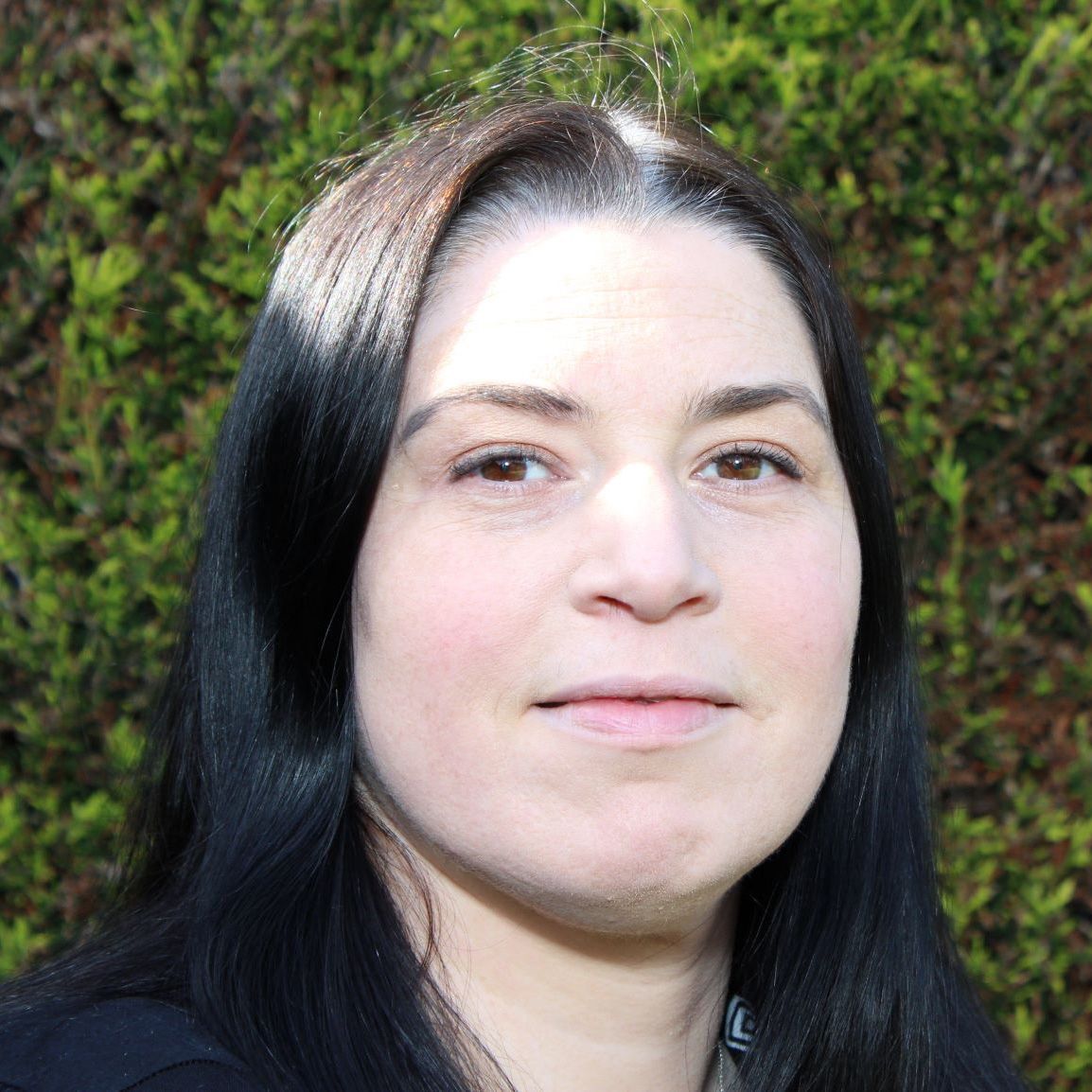Creating a Safe Haven for Image Data
Along with the University of Glasgow and Canon Medical Research Europe, the Digital Research Team has created a new data safe haven for highly sought-after sensitive image and free text data.
This has opened these types of data to other projects including a mammography screening project led by the Industrial Centre for Artificial Intelligence Research in Digital Diagnostics (iCAIRD), led by Prof Lesley Anderson, Academic Lead in Grampian, and Chair in Health Data Science at the University of Aberdeen.

“Access to medical imaging and free text reports, alongside the comprehensive demographic and clinical data already accessible through the Grampian Data Safe Haven, unlocks huge potential for interdisciplinary research including robust evaluation of artificial intelligence algorithms in digital diagnostics.”
“We’re really excited to have this additional data safe haven platform up and running and contributing to research.”

Background
Images such as x-rays, CT/MRI scans and mammograms, and text data including clinicians’ notes, wouldn’t generally be accessible for research in data safe havens due to the risk of potentially identifiable information being present in data releases. Anonymising that kind of information would be too time consuming for large studies.
Interest in using medical images and text data to train artificial intelligence (AI) tools to diagnose disease has expanded rapidly. AI tools could free up clinicians’ time potentially speeding up diagnosis and making it more accessible.
Addressing safe access to this data
Canon Medical Research Europe, as part of the Industrial Centre for Artificial Intelligence Research in Digital Diagnostics (iCAIRD), created a new data safe haven platform along with the University of Aberdeen and NHS Greater Glasgow & Clyde.
AI companies are able to upload a virtual machine containing their AI tool into the safe haven to access the data. To maintain patient privacy, the records are de-identified using a technique called ‘hidden in plain sight’. This involves actions like swapping names and postcodes, or slightly changing birthdates in such a way that health records can’t be identified but that the structure of the data is maintained.

Impact
The resulting safe haven is called the Safe Haven Artificial Intelligence Platform (SHAIP), and it has since been used to run exemplar projects in stroke, breast screening, and chest and limb fracture x-rays.
The first project to use SHAIP was a collaboration between AI company Kheiron Medical Technologies, NHS Grampian, and researchers at the University of Aberdeen, led by Prof Lesley Anderson, Chair in Data Science at the Aberdeen Centre for Health Data Science.
In Scotland, women between the ages of 50 and 70 years are invited for breast screening every three years. Two radiologists review the x-ray images with a third reader reviewing any discrepancies. It is possible that AI screening could be integrated into the screening programme to replace one of those radiologists, freeing up capacity in the system. Recent research has also indicated that additional cancers could also be detected.

Professor Lesley Anderson
Professor Lesley Anderson
Katie Wilde
Katie Wilde
To test this, the collaborators used SHAIP to test their AI tool, called Mia™ (for Mammography Intelligent Assessment).
“We found that Mia™ could be used to support breast screening but recalled more women. However, as the decision can be obtained quickly, it has real potential to reduce workforce burden and improve breast screening outcomes,” says Lesley. The tool is now being tested and validated in NHS Grampian as part of the GEMINI study, along with other health trusts in England.
“SHAIP offers academic, clinical and industry researchers a way to accelerate AI development and evaluation. It has huge potential – any researcher or company is interested in this field should consider whether it’s appropriate for their work and get in contact with the Grampian Data Safe Haven (DaSH),” she adds.
“We’re starting to see what can be done when commercial companies bring their ideas to SHAIP. We’re happy to hear from companies, even if they are in the early stages of their work.
We can link companies up with researchers, as well as describing the datasets we have available and the permissions and costs associated with using SHAIP,” says Katie Wilde, the Digital Research Team’s Head of Digital Research.
For more information on working with SHAIP, please contact the Grampian Data Safe Haven on dash@abdn.ac.uk
Publication: Introducing a new Trusted Research Environment - the Safe Haven Artificial Platform (SHAIP)




